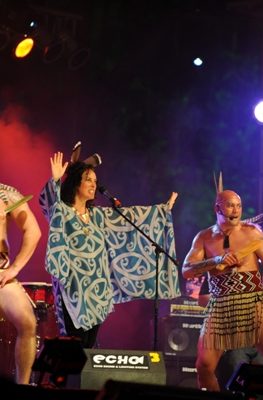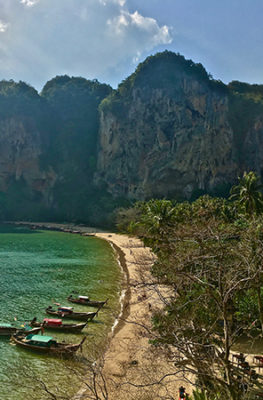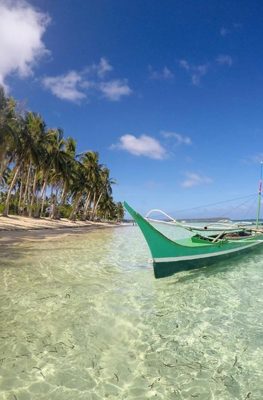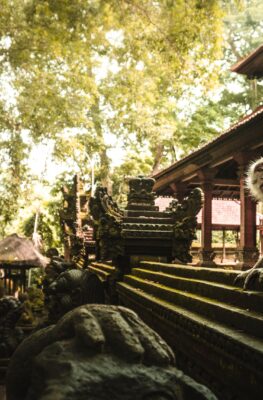Published on January 25, 2018
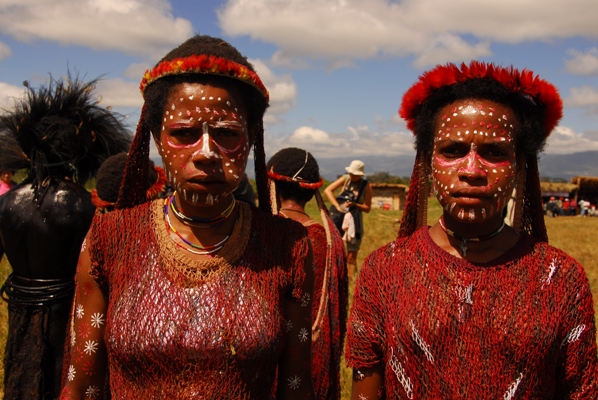
Singaporean photographer and travel writer Jeremy Goh Guo-Huajoins us for a guest post that visits Southeast Asia’s less-well-known ethnic tribes. Check out Jeremy’s writing (and photography) at Asia361. Follow Jeremy’s work at Trippin’ Creatives website, or visit their social media profiles on Facebook, Twitter, Instagram and Youtube.
Between mountain ranges and waterways, Southeast Asia splits up like a jigsaw puzzle of peoples that form up again to become part of a proudly complicated and unique tapestry. Wherever civilization found a foothold, thriving groups people settled down and prospered – each distinct yet similar, or as they say in these parts, “same same but different”.
Increasingly effortless global travel and a growing tourism industry has made it less complicated to access the length and breadth of this intriguing territory, but before we just head off to take snapshots of the long-necked Padaung, tattoo-faced Chin ladies or the pelvic gourd wearing Papuans, let’s learn a little more about the myriad groups that colour the land.
People of the Land and Sea
Southeast Asia, is a region made up of the mainland countries linked to the Asian continent proper, and also the littoral nations to the South and East.
The maritime territories consist of the islands: Borneo, Sumatra, Java and the Philippines. These are mainly populated by Austronesians that migrated from Taiwan about 4,000 years ago. The indigenous Negritos and Orang Asli that share the land, were earlier settlers but retreated inland as the newcomers crowded them out.
Mainland Southeast Asia, once known as Indochina, is made up of Cambodia, Laos, Myanmar, Thailand, Vietnam, and West Malaysia. Austronesians are also present here, making their home along the coasts, while Negritos were again driven deeper into the forested interior. From the North, came the Tai, Sino-Tibetan and Austro-Asiatic people.
Adding to this menagerie of people are the Arabs, Indians, Chinese – descendants of turn-of-the-century immigrants and the Peranakans who are descended from their marriages with locals.
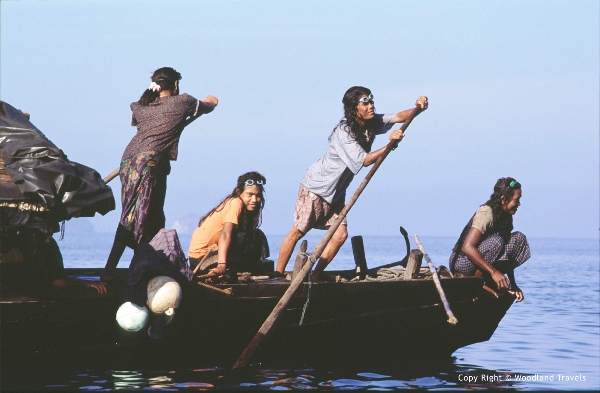
Fascinating Traditions, Unique Cultures
Tribal minorities and their practices show us a different way of life from the one which we are acquainted with.
The folktales, arts, customs and even food are a magnet for those looking for a unique experience. Others, retain ways of life long eschewed by mainstream society and are looked upon with a measure of curiosity and reminiscence in the face of the relentless progression of time.
With 135 officially recognised ethnic groups, Myanmar is the most diverse in Southeast Asia.
In the West, the Rakhine occupy their namesake state. Their ancient forebears left behind fabulous cities such as Mrauk U. Today, Rakhine festivals are boisterous affairs and none are as lively as “Rahta-swe-pwe”, a tug-of-war contest where two factions of men pull a carriage with a large tree in it.
The Chin, found further up on the Western frontier, are a mountainous people known for their rich oral and musical traditions, and also for women with facial tattoos.
Down South, the Moken or Sea-Gypsies make their livelihoods around the islands of the Myeik Archipelago. This semi-nomadic group of people have been known to live up to 8 months out at sea, only returning to dry land during the monsoon season.
Their detailed knowledge of marine flora and fauna enable them eke out a living from the sea which they have physically adapted to. While foraging in the sea, Moken fishermen have been recorded to reach depths of over 20 meters, without goggles.
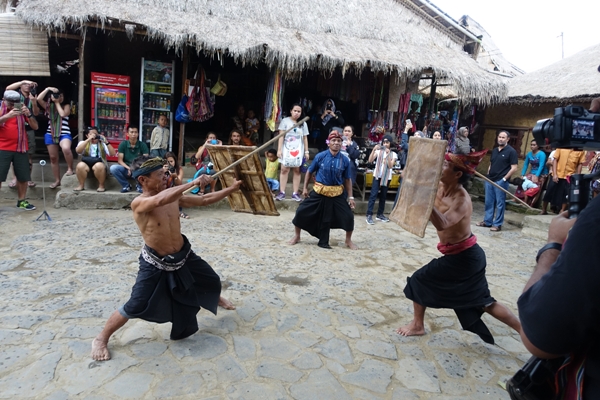
The First Islanders
Indonesia and the Philippines, numbering 17,000 and 7,000 islands respectively, naturally have a fascinating assortment of people.
The Balinese and rival Sasaks hail from proud warrior traditions, especially when pitted against each other. The Sasaks still live in large numbers on the island of Lombok, just across a narrow straits from Bali. However, these days, instead of drawing blood their dances, musical performances and martial arts displays draw tourists.
The Aeta of Luzon, were amongst the very first people to arrive in the Philippines but were pushed to the mountainous regions with the arrival of later waves of colonists. They were thrown into the spotlight during and after the massive eruption of Mount Pinatubo in 1991, when many were displaced from their native lands by the disaster.
On Top of the World
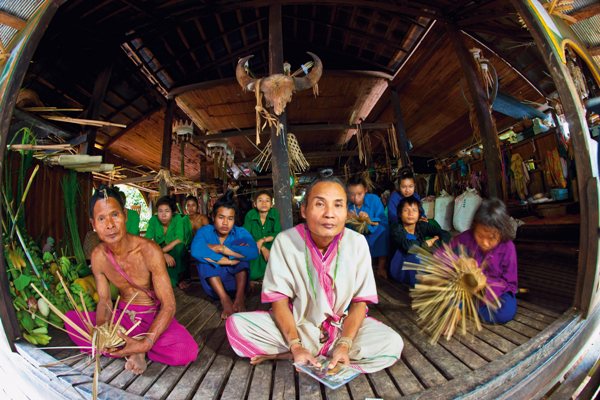
The highlands of Laos, Thailand and Vietnam is where the largest concentrations of colourful ethnic tribes people reside. The relative inaccessibility of the mountains have allowed their way of life to continue undisturbed to varying degrees.
The various Tai groups of people, Khmu, Hmong and Mon-Khmer people make up the majority of the population, with the most interesting regions to visit lying to the far North, close to the border of China.
In Thailand, the Kayan have perhaps the most exotic practices. Women in the group start wearing brass rings around their necks from a young age, giving it an elongated appearance.
The highland dwellers of Laos such as the Hmong are famous for colourful embroidered clothes and the lively tunes from the oddly shaped musical instrument, the Qeej. The instrument is polyphonic and can sound both soothing and melancholy at the same time. Due to the close proximity of Vietnam, many Hmong communities can also be found in the border regions of both countries.
Though separated by distance and culture, the threats to each of these ethnic groups are the same – assimilation and gradual erosion of their traditional clothing, language and cultural practices is a threat to their identity as the pressures of the modern world forces conformity upon them.



